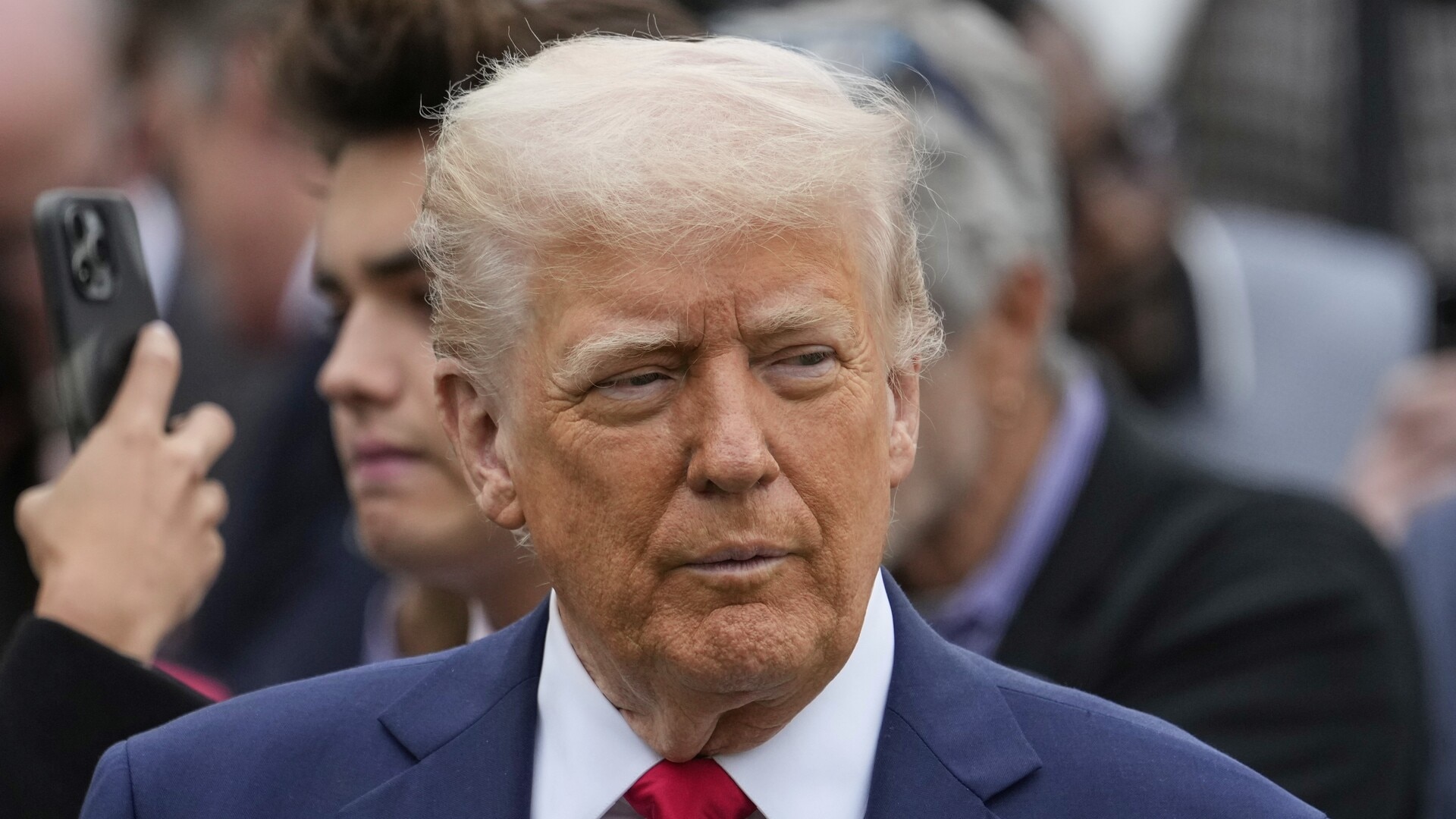Australian dollar climbs to 4.5 month high as Donald Trump attacks Fed chair Jerome Powell
The Australian dollar has surged to its highest level in months and more interest rate cuts are on the cards as investors flee the greenback amid fears Donald Trump could destabilise monetary policy.

The Australian dollar has surged to a four-and-a-half-month high as investors digest rising uncertainty over US economic policy amid President Donald Trump’s repeated attacks on Federal Reserve chairman Jerome Powell.
Concerns that the US president could threaten the independence of the world’s most influential central bank are fuelling speculation that the Reserve Bank of Australia may be forced to deliver faster mortgage relief than previously expected.
The Australian dollar rose another 0.4 per cent on Tuesday to US64.40c, extending Monday’s strong gains and hitting its highest level since December.
It marks a sharp rebound from earlier this month, when the currency fell to a five-year low of US59.23c following a wave of tariffs imposed by Trump on “Liberation Day”.

The Aussie dollar is now up 3.5 per cent for the year but remains nearly 4 per cent below its pre-election highs, reached before Trump defeated Kamala Harris in November.
While a stronger currency may dampen export competitiveness, it benefits importers and travellers and eases pressure on the RBA to curb inflation via interest rates.
It remained little changed against the Euro at 55.75c, was buying 48 British pence, and was weaker against the Japanese yen.

IG market analyst Tony Sycamore said investor confidence in the US dollar had collapsed amid fears that Trump could attempt to directly interfere with monetary policy by removing Mr Powell.
“There’s a scramble out of all US dollar assets at any possible rate, and that’s flowing through into the Aussie dollar, as well as the Euro, the Yen, and even gold,” he said.
“Everybody started the year extremely bullish on the US — on stocks and on the dollar — but now we’ve seen a huge backflip. That’s helped the Aussie.”

Mr Sycamore said the damage done by the Trump administration in recent weeks would likely drive continued outflows from the greenback into safer currencies such as the Australian dollar.
He warned that any move to oust Mr Powell could trigger a broader crisis of confidence.
“We’re talking about a chain reaction — it leads to bank runs, it leads to investors questioning everything about the system. And it all shows up in the US dollar,” he said.
“This is the kind of thing that happens in Argentina — it’d be an absolute hammer blow to the US dollar and the US economy.”
He added that if the Australian dollar was able to lift towards US65c, further gains toward US68c in the coming weeks were possible.
Last week, Trump said the “termination” of Powell “cannot come fast enough” after the Fed chair warned of the economic risks from tariffs.
On Monday, Trump again lashed out on his social media platform Truth Social, calling Powell “TOO LATE AND WRONG” and demanding immediate interest rate cuts — remarks that helped propel the Australian dollar’s rally.
Though Trump appointed Mr Powell in 2017, the relationship has long been fraught.
Trump has repeatedly criticised the Fed chair for “bad decisions” and being “too late and wrong”, while Mr Powell has pushed back, warning that tariffs could stoke inflation and hurt growth.
Attention is now turning to a pending court decision that could overturn a 1935 Supreme Court ruling limiting the president’s power to dismiss independent officials.
If overturned, Trump could potentially sack Powell — a move markets fear would damage the Fed’s credibility and stoke inflation expectations.

Commonwealth Bank global economist Joseph Capurso said ongoing speculation about Powell’s job was weakening the US dollar.
“A loss of credibility could lead to higher inflation expectations and higher inflation outcomes,” he said.
“The longer the speculation about the independence of monetary policy continues, the longer the USD will fall against the major currencies in our view.”
Mr Sycamore said the fallout could increase pressure on the RBA to ease more aggressively.
“If the Aussie dollar can’t or won’t play its traditional role as a shock absorber, then more pressure lands on the RBA to go harder in its easing cycle,” he said.
“With 50 to 75 basis points of rate cuts already priced in, there’s not a lot more the RBA can do — but the case for cuts in May and probably July is building.”
Commonwealth Bank on Tuesday said a 25-basis-point rate cut in May was now the most likely outcome, with modelling suggesting inflation could fall to 2.3 per cent — near the bottom of the RBA’s 2–3 per cent target band.




To join the conversation, please log in. Don't have an account? Register
Join the conversation, you are commenting as Logout